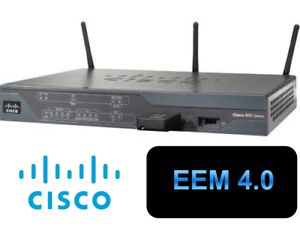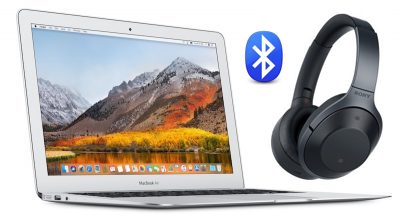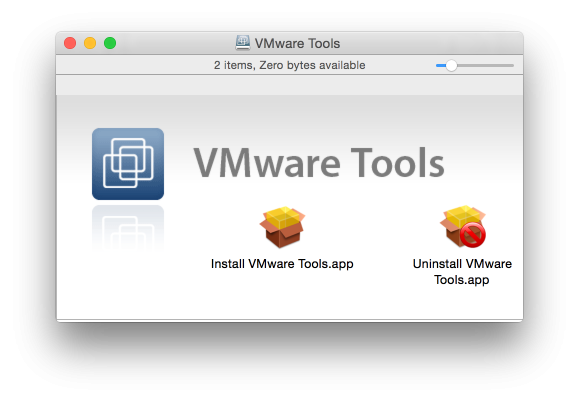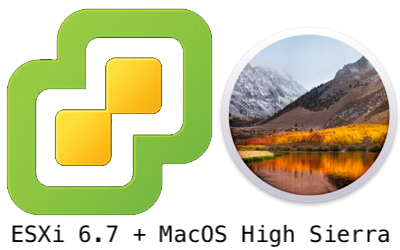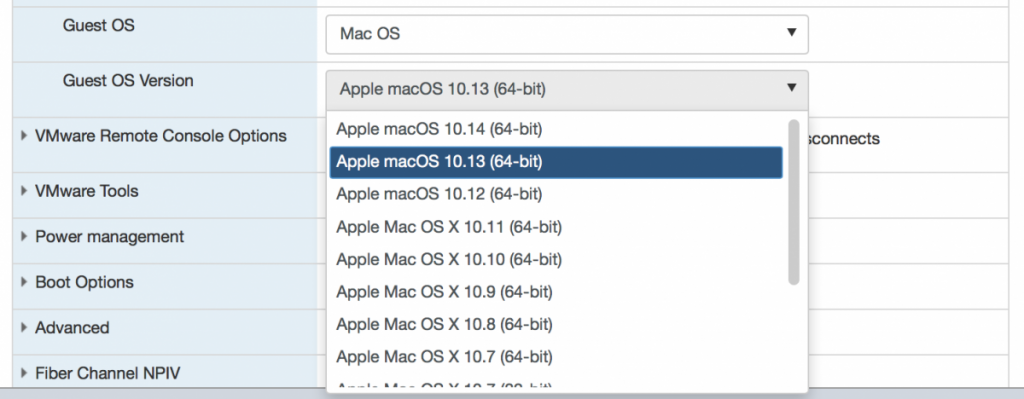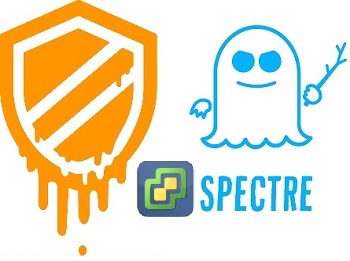For quite a while I had issues with a faulty service module in a remote Cisco. Sometimes the card would lock-up and no longer respond and the only way to revive it was to issue the command service-module wlan-ap 0 reset to reboot it.
Normally one would simply replace it but that wasn’t that simple as the card itself can’t be replaced (and the device is also EOL) and the device is in a remote location without any technical staff on-site. Since rebooting the service module resolved the issue for that moment I looked for a way to automate that and documented that in this post.
Continue reading “Cisco EEM Service Module Monitoring”

